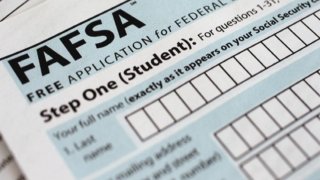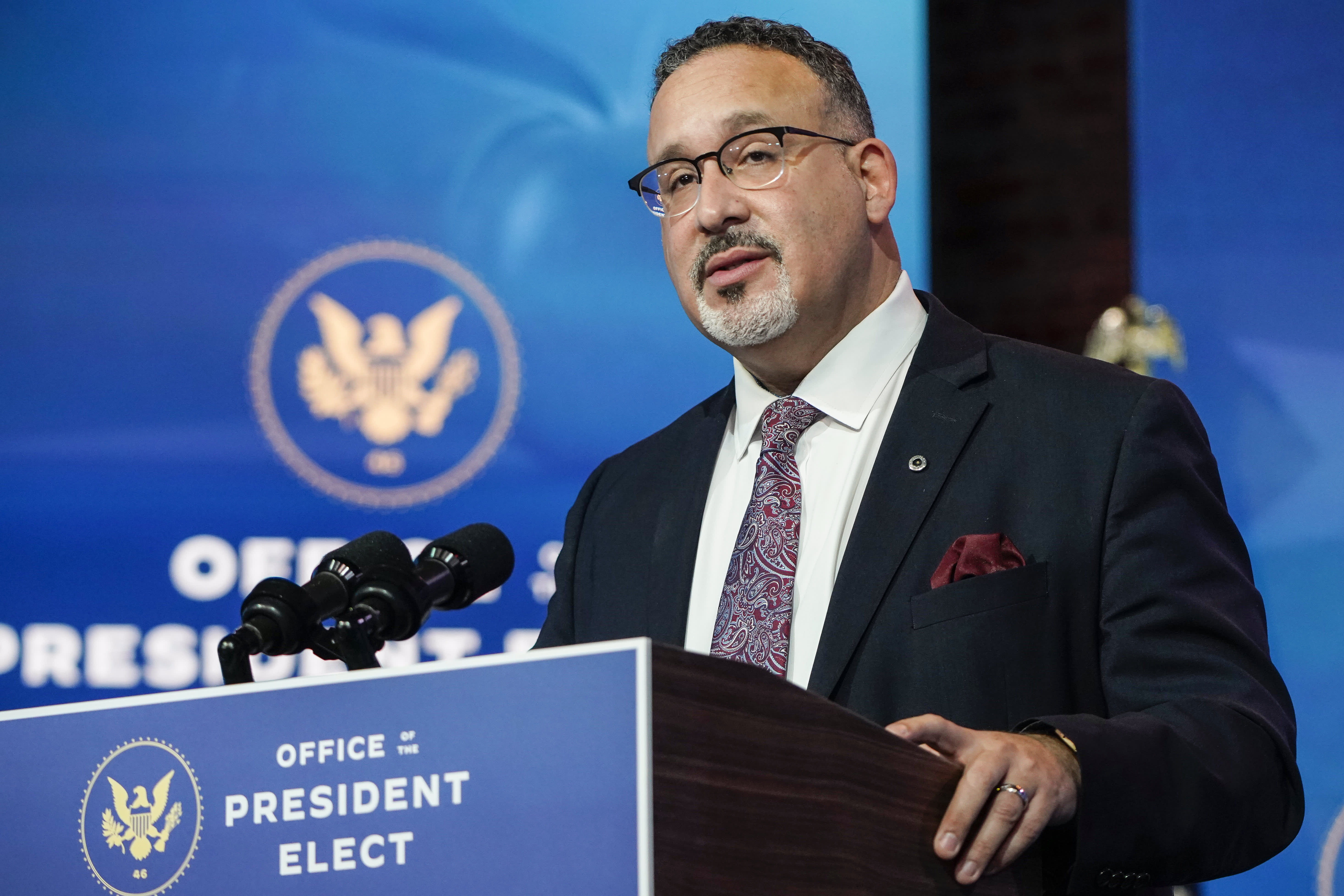
More than $150 billion is provided to college students each year across the U.S. thanks to the Free Application for Federal Student Aid, commonly known as the FAFSA.
The application period opened Oct. 1 for the 2022-23 school year, and though it can often be a headache-inducing time for college students, the program plays a critical role in alleviating the financial stress of higher education.
What Types of Financial Aid Can I Receive?
Grants – This money normally doesn’t have to be paid back. This includes aid like the federal Pell Grant, which in the 2021-22 school year, awarded a maximum of $6,495. In California, students may also be eligible for the Cal Grant, which offers money to undergraduate students and those in vocational training. Students must generally meet several eligibility requirements based on the grant type.
Get top local stories in Philly delivered to you every morning. >Sign up for NBC Philadelphia's News Headlines newsletter.
Loans – This type of aid must be paid back, though allows students to avoid accruing interest while attending school. Some federal loans available include direct subsidized and unsubsidized, the direct PLUS loan and the Federal Perkins Loan.
Work Study – This type of aid allows students to work while paying for their education. This might entail a job on or off-campus, community service work or a position related to your major.
What Do I Need to Apply?
Families should be prepared with social security numbers, federal income tax returns, W-2 forms and bank statements.
How Do I Know If I’m Eligible?
Students must be a U.S. citizen or eligible noncitizen (here’s what that means) have a Social Security number, be enrolled or accepted as a student, maintain “satisfactory academic progress” and have a high school diploma or the equivalent.
So How Do I Apply?
The first step is completing the application, which became available Oct. 1
The application deadlines vary depending on state and college guidelines – but experts say the sooner you click “submit,” the better.
How Much Does it Really Cost to Attend College?
According to the College Board, the cost of attendance has increased over the decades. Students in 1990 paid an average of $3,800 for tuition and fees at a public four-year university, while students faced an average bill of $10,560 during the 2020-21 school year. Adding in room, board and added expenses, students might face a cost much higher than just tuition.
In terms of financial aid, the College Board estimates each full-time student received an average of $14,940 in aid, including grants, loans, work study and tax credits, during the 2019-2020 school year.
Students pursuing a bachelor’s degree will borrow an average of more than $28,800 in loans to pay for college, the College Board estimates.
For more information on the Free Application for Student Aid, including how to apply, click here.



